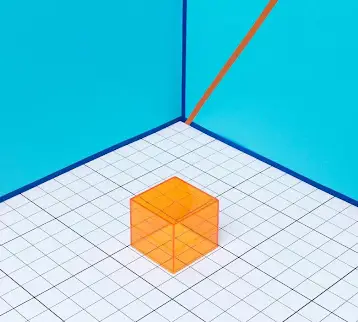|
Some materials crystallize as they cool, their atoms rearranging into a highly regular pattern called a lattice. Scientists recently discovered that glass atoms also want to form a crystal structure, but as the glass cools the atoms become jammed in a nearly random pattern and are prevented from forming a regular lattice.
A major obstacle in studying the process in which the atomic structure of glass is formed is that since they are extremely small, it is impossible to watch the glass atoms as they cool. In order to better understand this process, Dr. Royall observed special particles called colloids. Colloids mimic atoms, but are just large enough to be visible using state-of-the-art microscopy. In the research project, the scientists watched colloids as they were cooling, and used these findings to draw conclusions regarding the behavior of atoms.
|
The scientists found that these gel particles ‘want’ to form a crystal structure, but fail to produce a lattice due to the formation of icosahedra-like structures. In the formation of these structures underlies jammed materials and explains why a glass is neither a solid nor a liquid.
Uncovering the structure formed by atoms as glass cools represents a major breakthrough in our understanding of meta-stable materials. This discovery will allow further development of new materials such as metallic glasses, which could potentially be suitable for a whole range of flexible products, such as aircraft wings, golf clubs, and engine parts.
TFOT recently covered the development of a new type of glass made of calcium, and the development of a new form of vacuum-glazed super glass based on the same principle used in vacuum thermos bottles. The vacuum-glazed glass insulates as well as a thick insulated wall.
More information about the structure formed by cooling glass atoms can be found on the University of Bristol website.












